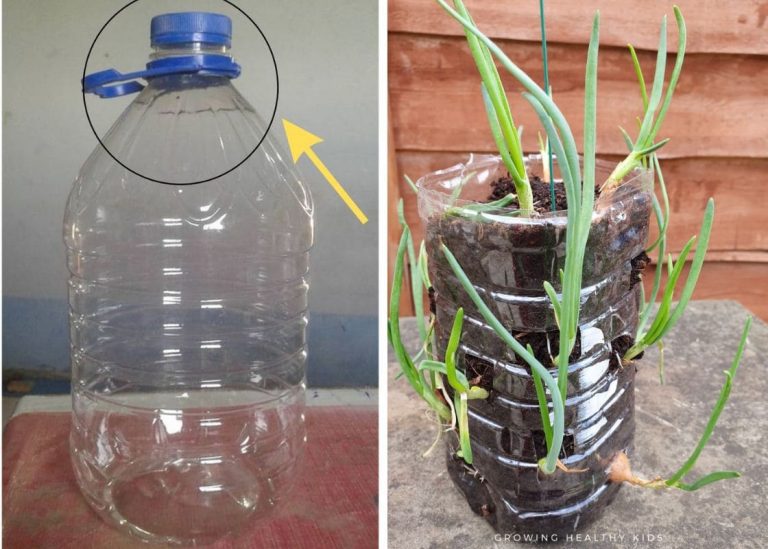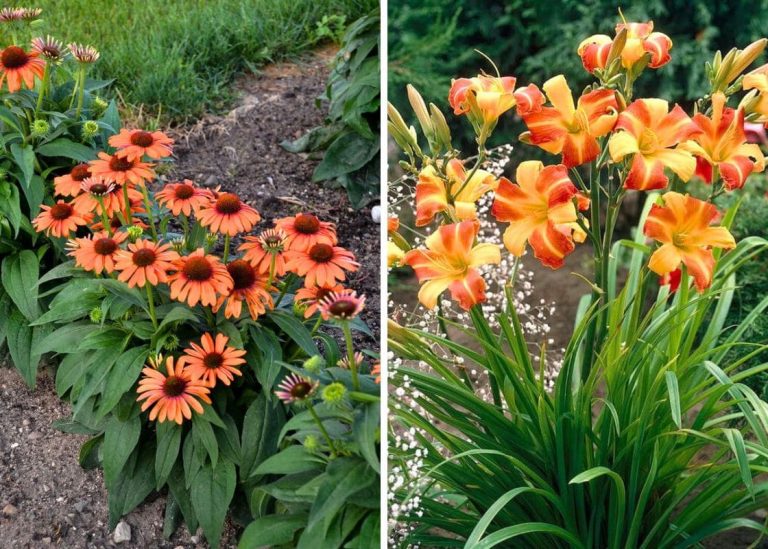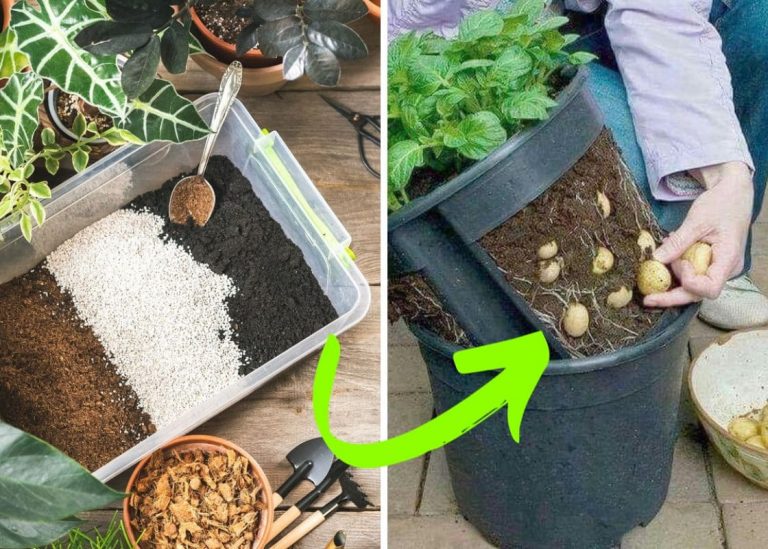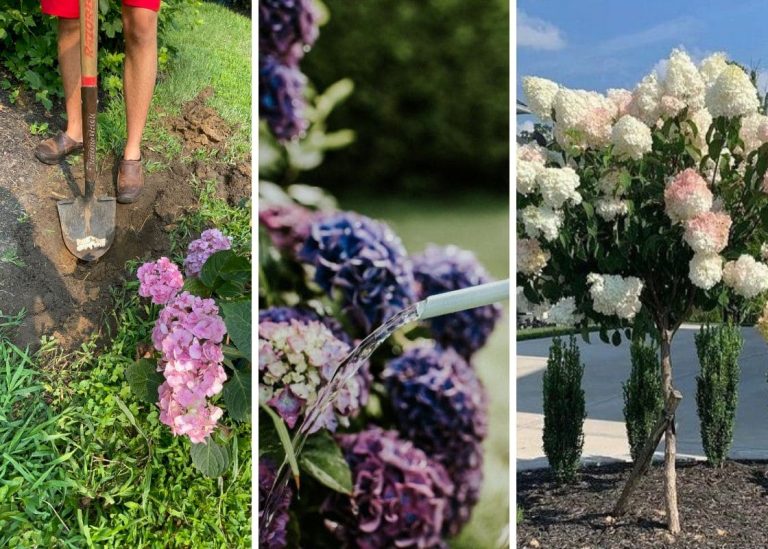Are Ladybugs Good or Bad for Plants?
One spring morning, I was out tending the roses near the side fence, my fingers still warm from the tea I’d carried out in a chipped, flower-painted mug. I leaned in to check for aphids, and that’s when I saw her—a bright little ladybug, nestled between two soft pink petals like she owned the place. Her shell gleamed in the sunlight, spotted like a child’s art project, and she didn’t flinch as I moved closer. I paused everything, just to watch her climb.
That moment reminded me of when I was a child and my grandmother used to say, “Ladybugs bring luck to gardens and hearts.” Back then, I didn’t care much about aphids or plant health—I just thought they were magical, like tiny fairies in red coats.
But now, after years of gardening, I understand the real magic they bring. They don’t just bring good luck—they bring balance. They’re the quiet guardians of leafy greens, rose buds, and tomato vines. Still, not every ladybug is as gentle as she looks. Some are helpers, some are troublemakers, and some just want a nibble of your strawberries.
So, are ladybugs good or bad for plants? Let me show you what I’ve learned from watching them closely, season after season.
The Many Benefits of Ladybugs in the Garden
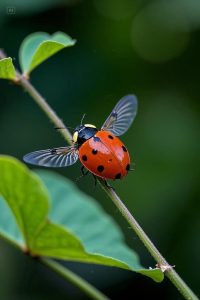
In my garden, aphids used to be a nightmare. I’d turn over a kale leaf and find clusters of them sucking the life out of the plant like greedy little vampires. No matter how many times I sprayed, they always came back—until the ladybugs moved in.
Ladybugs are some of the best natural pest control you can hope for. Here’s what they bring to your garden:
-
Voracious appetites: A single adult ladybug can eat up to 50 aphids a day—and their larvae? Even hungrier.
-
Not picky eaters: They also munch on spider mites, whiteflies, scale insects, and other soft-bodied pests.
-
No chemicals required: Their presence alone helped me finally stop using harsh sprays. I traded pesticides for petals, and my garden has been healthier ever since.
What I love most is how silently they work. They don’t boast or flash around. They just get the job done, leaf by leaf, stem by stem.
Do Ladybugs Harm Plants?
While ladybugs themselves are not harmful to plants, not all ladybugs are welcome guests. Some have a bit more edge—and not in a good way.
Take the harlequin ladybug (Harmonia axyridis), for instance. I spotted one a few years ago—orangey with more spots than usual, a bit bigger, and oddly aggressive. Turns out, they’re an invasive species. Here’s what you should know:
-
They outcompete native ladybugs, often driving them away.
-
They sometimes eat beneficial insect larvae, disrupting the delicate garden balance.
-
They can nibble on overripe fruit, especially if you’ve got berries or soft tomatoes sitting a little too long.
That said, the occasional nibble is rare. I’ve never seen them cause damage like a true pest would. But it’s good to know which species are friends and which might be freeloaders.
How to Invite the Right Ladybugs to Your Garden
You don’t need to buy ladybugs (though I’ve done it once for fun, and my daughter loved releasing them). The best way is to make your garden a place they want to call home. Here’s how I do it:
-
Avoid chemical sprays: Even organic ones can hurt ladybugs. If you must treat something, do it late in the evening when they’re not active.
-
Plant nectar-rich flowers: I’ve had great luck with marigolds, cosmos, yarrow, and fennel. They feed adult ladybugs and attract others.
-
Keep a few pests: I know it sounds odd, but don’t rush to remove every aphid in early spring. Ladybugs won’t stay if there’s nothing to eat.
-
Add cozy shelter: Leave a bit of mulch around plant bases or tuck a small bug house into a shady corner. They need places to hide and lay eggs.
There’s something wonderful about watching the first wave of ladybugs return each spring. I sometimes whisper, “Welcome back,” as I see them flutter into the dahlias.

What I’ve Noticed Over Time
I’ve come to think of ladybugs as quiet friends—never demanding, always helpful. And the garden reflects their presence. When they’re around, the balance feels right. The plants seem a little healthier. The butterflies show up more often. The bees hum happily. The whole space breathes easier.
Yes, every now and then, I find a harlequin tucked into a zucchini flower. I remove it gently. But overall, the good outweighs the bad a hundred times over.
Final Thoughts: Let the Ladybugs Stay
If you see a ladybug crawling across a leaf in your garden, pause a moment. Let her finish her walk. Chances are, she’s on her way to save another plant from a swarm of aphids.
Ladybugs are more than just pretty spots—they’re a living reminder that nature has its own way of taking care of things. We just have to make room for it.
So next time you spot one in your garden, smile. You’ve got a loyal little helper on your side.
Want More Garden Wisdom?
Let’s keep growing together. Sign up for my garden notes, tips, and musings, or drop me a comment—what’s your favorite garden helper?
And don’t forget to plant a few flowers just for the ladybugs. They’ll thank you in silence—and in aphid-free blooms.


